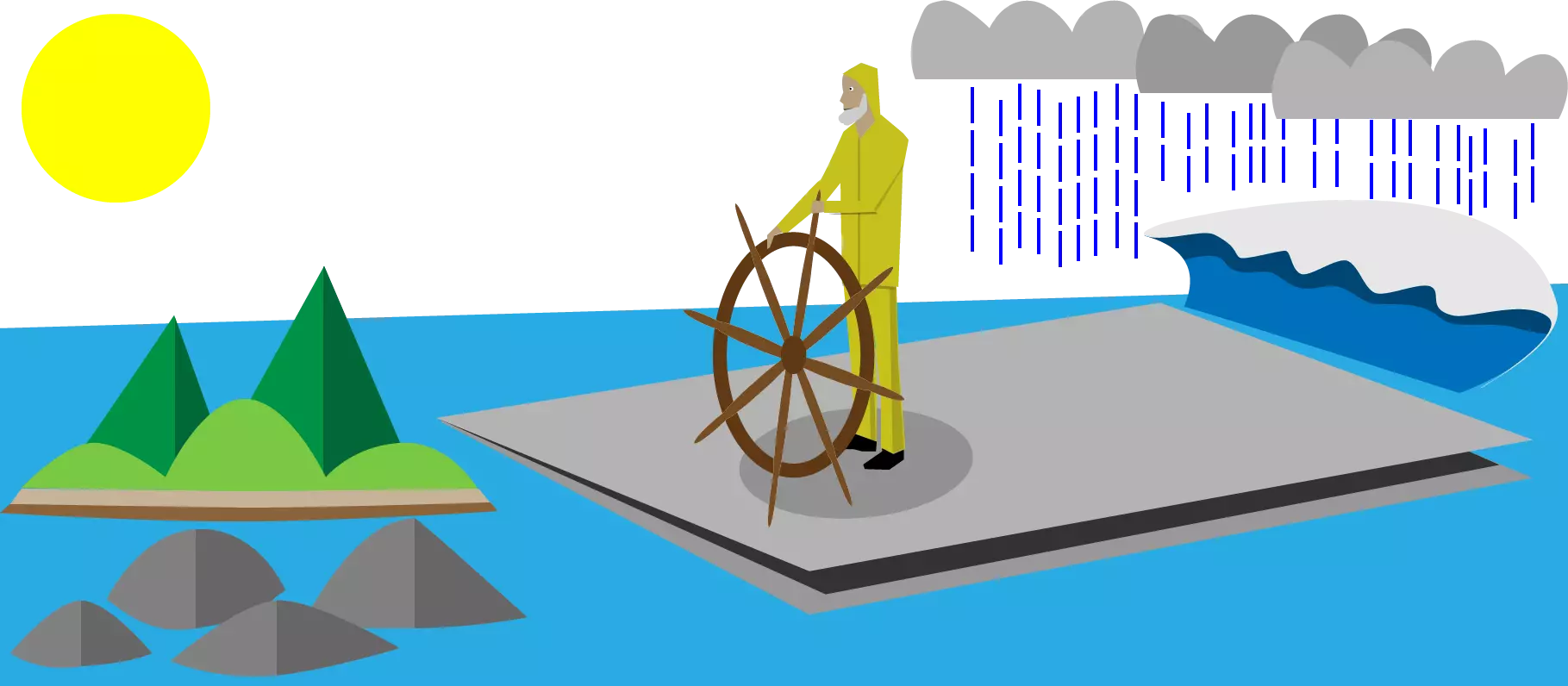Discover the PERT Tool, Ideal for Analyzing Dependencies and Identifying the Critical Path of Your Projects!
Introduction
In this video, we explore the PERT diagram (Program Evaluation and Review Technique), a network of nodes and arrows designed to plan, organize, and coordinate tasks in a complex project. You will learn how to map your activities, calculate the earliest and latest dates, and identify the critical path that determines the minimum project duration.
What is a PERT Diagram?
- Nodes: Each task is represented by a square (or circle) with its identifier (A, B, C…).
- Arrows: They represent the dependencies (finish → start) between tasks.
- Earliest Dates (Early Start / Early Finish) and Latest Dates (Late Start / Late Finish), calculated by a forward and backward pass.
- Margins: The difference between the latest and earliest dates, indicating the flexibility of each task.
- Critical Path: A sequence of tasks with zero margin, determining the project's minimum duration.
PERT vs. Gantt
| Aspect | Gantt Chart | PERT Chart |
|---|---|---|
| Representation | Bars on a timeline (explicit duration) | Nodes and arrows (explicit dependencies) |
| Main Use | Operational and visual tracking of the schedule | Analyzing dependencies and calculating margins |
| Manual Calculation | Automated by the tool (presence of dates) | Manual calculation of earliest/latest dates or by software |
Steps to Draw a PERT Diagram
1. Analyze the Context and List the Tasks
List all the necessary activities for your project (e.g., for organizing a party: A = choose the theme, B = create the guest list, C = make reservations, etc.), and for each task, note:
- Estimated Duration (in days or hours)
- Predecessors (tasks it depends on)
2. Draw the Network
1. Task without a predecessor → initial node (A).
2. For each successor, draw a node connected by an arrow from its predecessor.
3. Repeat until the last node (H), even if multiple arrows converge there.
3. Calculate the Earliest Dates (Forward Pass)
The starting point is day 0 (or 1, depending on your convention). For each task:
- ES (Earliest Start) = EF of predecessor(s)
- EF (Earliest Finish) = ES + duration – 1
For tasks with multiple predecessors, ES = max(EF of each).
4. Calculate the Latest Dates (Backward Pass)
The end point is the minimum project finish date (EF of the last task). For each task, moving backwards:
- LF (Latest Finish) = min(LS of successor(s))
- LS (Latest Start) = LF – duration + 1
5. Calculate the Margins
Total Margin = LF – EF = LS – ES
A zero margin means that any delay directly impacts the project’s end date.
6. Identify the Critical Path
Group all tasks where the margin is zero; they form the critical chain (e.g., A → B → C → D → F → G → H), determining the minimum duration.
Why Use PERT?
- Clarity on Dependencies: Visualize precisely who depends on whom.
- Risk Management: Identify critical tasks and those with margins to absorb uncertainties.
- Optimization: Reallocate resources and adjust schedules to shorten the critical path.






